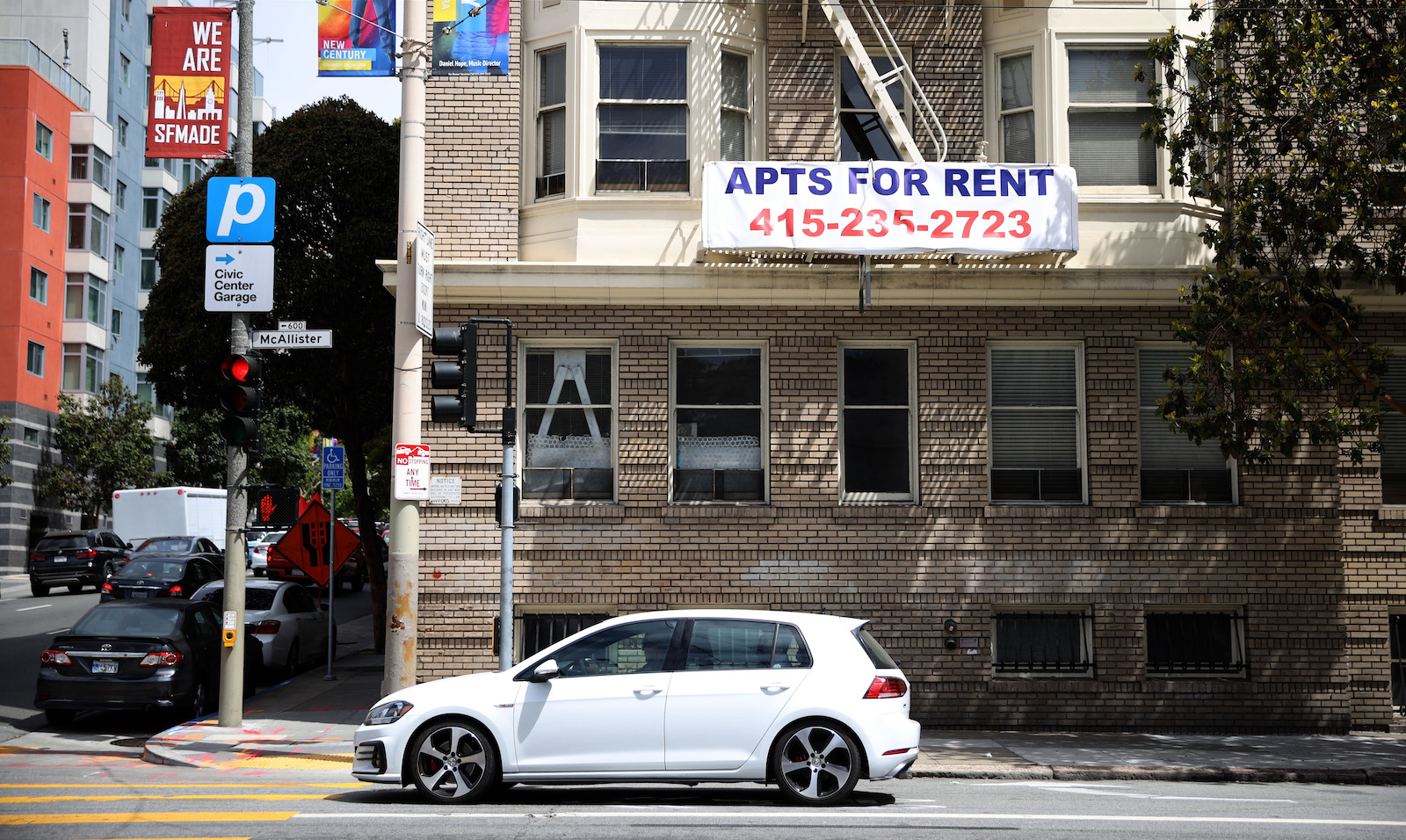You’ve finally found it. That white whale apartment, seemingly too good to be true: a tasteful kitchen renovation complete with a dishwasher, ample natural light, an extra bedroom — all within your price range. You submit an application and move in two weeks later.
Then the cracks start to show — literal cracks that bring drafts of cold air in the winter and force you to crank up the heat. Your jaw drops when the utility bill shows up. How is it $200 higher than what you were paying before?
About a third of Americans rent their homes, and most have no way of knowing what their gas or electric costs might be before moving into a new place. A new study finds that if they did, they would be 21 percent more likely to choose an apartment with a good record on energy efficiency. On average, renters are even willing to pay nearly 2 percent more in rent for a bump in energy efficiency.
Currently, only a few cities in the U.S. require landlords to disclose energy information to renters, and none require it to be included in rental listings. Reuven Sussman, the lead author of the study and the director of the behavior and human dimensions program at the American Council for an Energy-Efficient Economy, or ACEEE, said that enacting labeling laws mandating this disclosure would not only empower renters but could also incentivize landlords to improve the efficiency of their units.
“Instead of trying to entice people with a new granite countertop or a new appliance, they might actually invest in energy efficiency,” he said. “There could be a market transformation that happens if landlords start paying attention to the fact that tenants are making their decisions based on this information.” And that, in turn, could also take a big bite out of the country’s carbon emissions.
To test how energy efficiency information would influence renters’ choices, Sussman and his co-authors designed a fake rental listing website and recruited 2,455 current renters to choose their favorite among different housing options. Participants were asked to enter a location and the number of bedrooms they were looking for. Then they were shown three listings at a time that included a photo, monthly rent, number of bedrooms, number of bathrooms, and square footage. Some also saw either an estimate for monthly energy bills or an energy efficiency score. (The same three images were rotated through each round to reduce the potential for the photos to influence choice.)
The authors found that the presence of efficiency information made renters 21 percent more likely to select a highly efficient unit and, coincidentally, 21 percent less likely to choose an inefficient unit. They also found that using a spectrum to show a listing’s energy efficiency influenced renters’ choices more than assigning it a numeric score or sharing the average monthly energy bill.
In 2020, 34 million U.S. households reported that they had trouble paying their energy bills or kept their house at an unsafe temperature to keep costs manageable. Nearly 20 percent of households reported that they gave up basic necessities in order to pay an energy bill for at least one month that year. Now, with inflation, Russia’s war in Ukraine, costly climate impacts to the energy system, and a tight energy market, energy costs are increasing. “Especially now, the need for renters to know how much they’re gonna pay in energy costs, especially low-income renters, is so important,” said Sussman.
Making people’s homes more energy-efficient is also an essential step for tackling climate change. Energy use in residential buildings accounts for about 20 percent of U.S. carbon emissions. ACEEE estimates that energy-saving measures have the potential to reduce emissions by 33 percent by 2050. As the U.S. moves toward electric vehicles and electric heating systems, energy efficiency is also essential to ensuring the grid can handle the additional demand.
Most renters have little power to make energy-saving changes to their homes, other than swapping out lightbulbs or putting up plastic insulation on the windows in the winter. Landlords also don’t have much incentive to pay for deeper retrofits like air sealing, window replacements, insulation, or more efficient appliances, since they typically aren’t paying the energy bills. The result is that rental units consume 15 percent more energy per square foot than owner-occupied homes in the U.S.
“At the very least, I hope that this encourages municipalities to implement — at least start considering — some sort of labeling policy,” said Sussman of the study. Doing so would require landlords to hire a certified assessor to do an audit of the apartment before it goes on the market. In some places, local utilities already partially or fully cover the cost of this kind of assessment.
If you’ve ever looked for an apartment in a major U.S. city like New York or San Francisco, this study might seem irrelevant. Hot housing markets are so competitive that many renters are forced to sacrifice their preferences and settle for whatever they can get. But Sussman said those cities are not the whole United States, and that mandatory efficiency disclosures could still make a difference.
“This is a first step. It’s not the only step, but this is one little thing that can help.”




